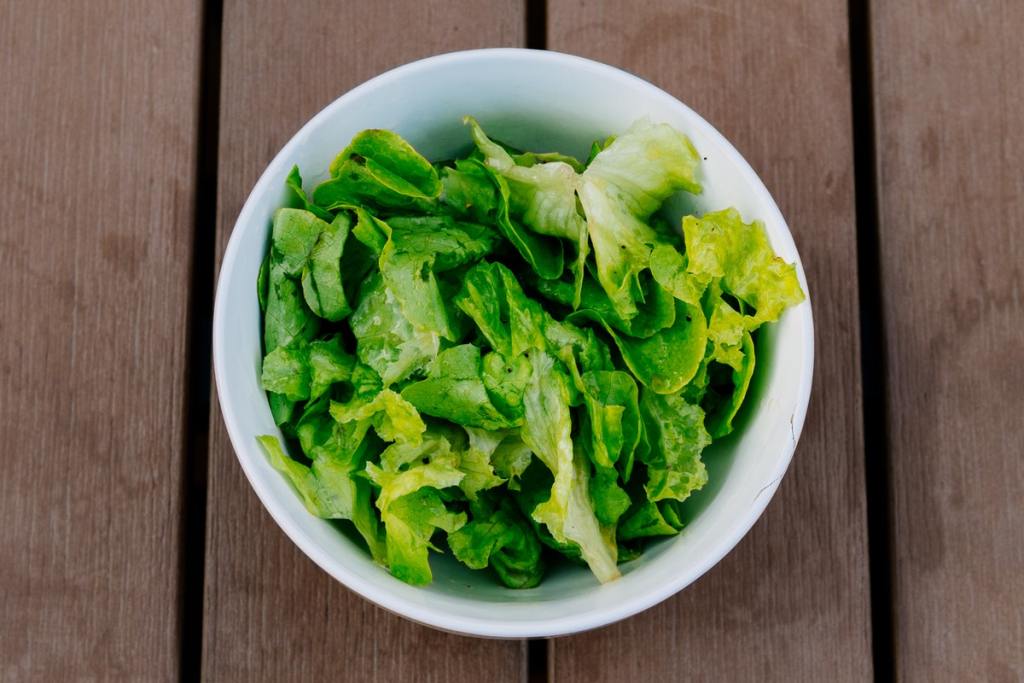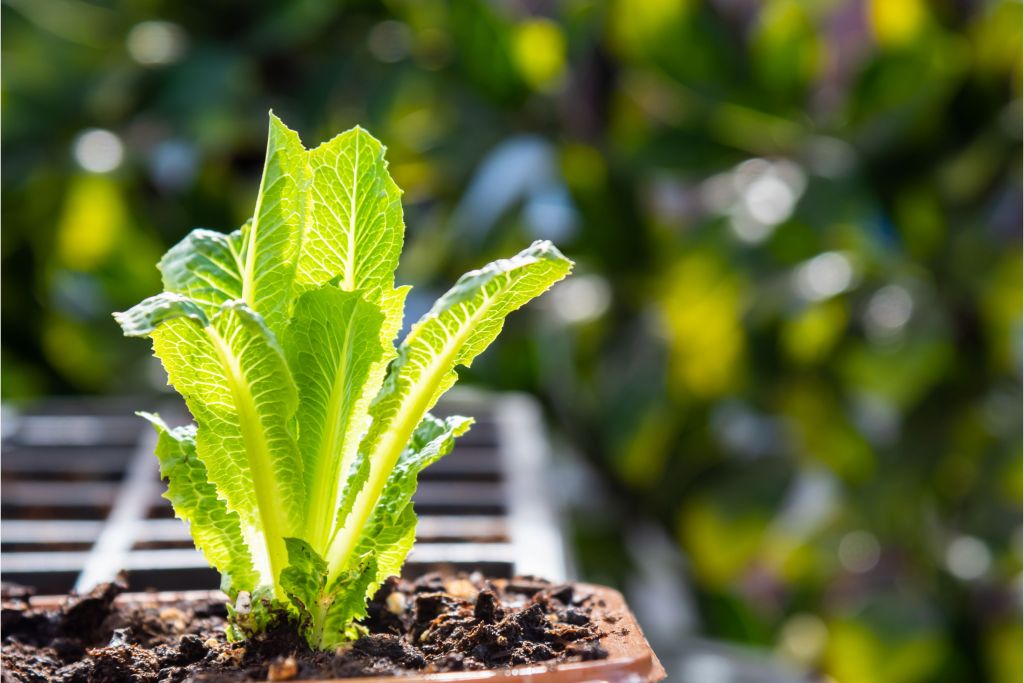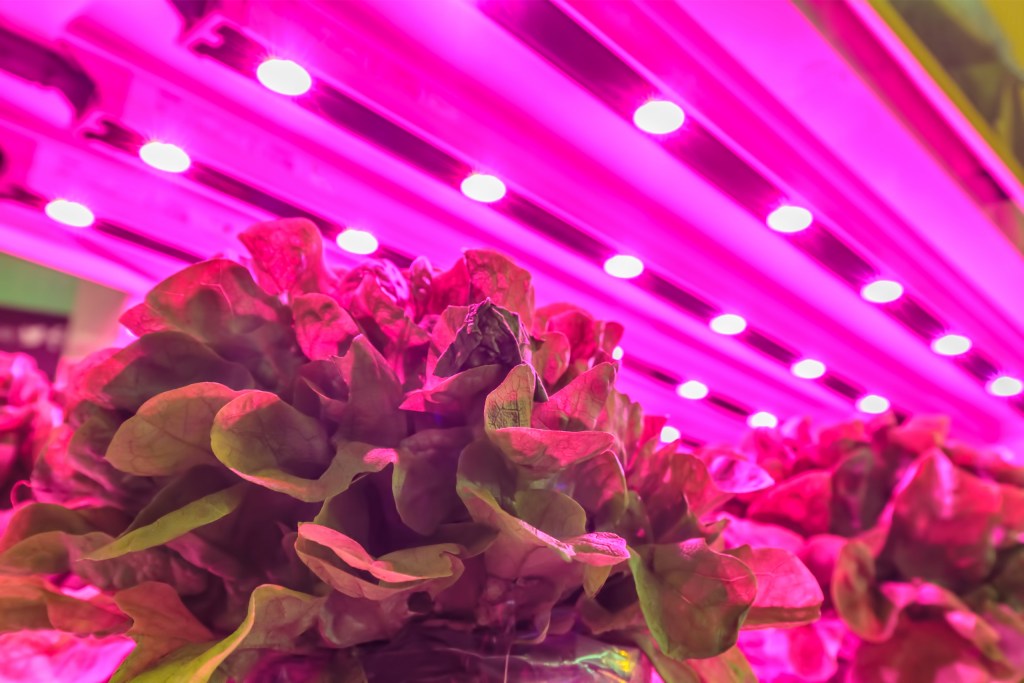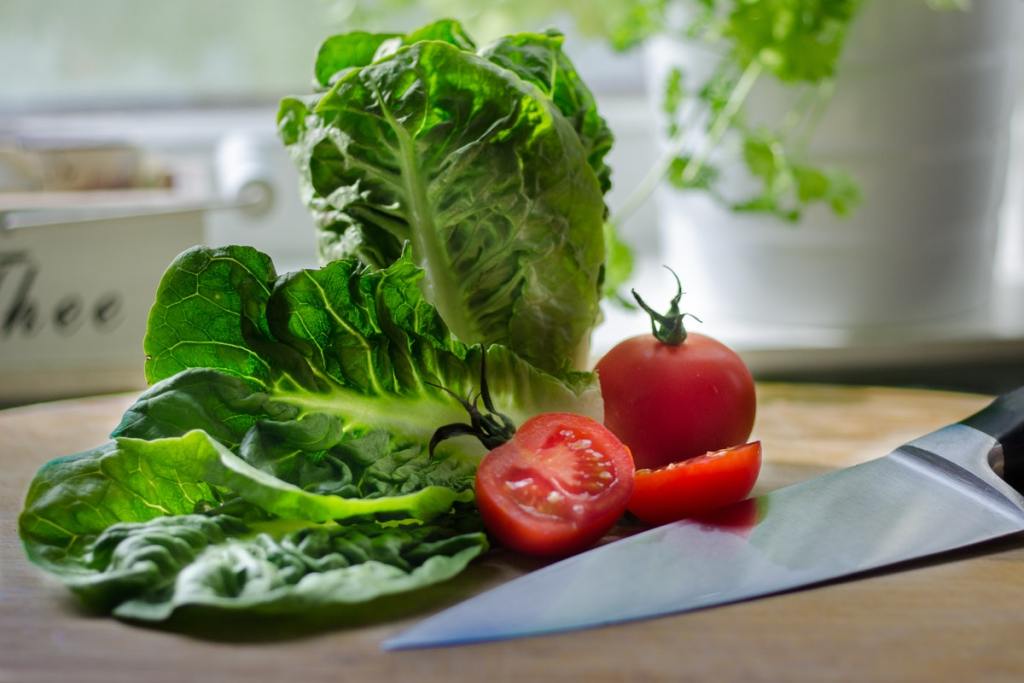The growing season will eventually end, and then you’ll no longer be able to grow your favorite salad mixings outdoors. When this happens, you may wonder if you can bring your garden inside and keep growing your favorite veggies. Good news — you can! Well, at least you can continue growing your lettuce indoors. It's a fairly simple task, even if you’re a beginner, and it can be quite rewarding. Keep reading to learn how to grow lettuce indoors and ensure you never have to run to the store for this salad base again.
Growing your own lettuce indoors has a lot of added benefits besides bringing some greenery into your space. Unlike store-bought lettuce, you’ll only have to harvest what you need for your meal that day, and then you can leave the rest to live a bit longer. Homegrown lettuce is great for fresh salads, especially in the off-season, when you can’t grow a huge crop outside.
Because lettuce prefers a more stable environment, it has the potential to thrive indoors even more than it would outdoors, as long as you have the proper environment. You’ll be able to use up your lettuce at your own pace and replant new seeds whenever you’re ready for a new batch. Here's how to do it.

Getting started
Lettuce is a fairly simple indoor crop to maintain. There are a couple ways you can do it: hydroponically or from seeds in a pot. If you don’t have other indoor crops that you’re looking to grow hydroponically — or don’t want to spend the money until you’re sure about growing lettuce indoors — the easiest way to get started is with seeds in soil.
Step 1: Start by finding containers that have good drainage and are big enough to hold a fully grown head of lettuce. The size you need will depend on the variety of lettuce you want to grow.
Step 2: Fill the containers with potting mix that will retain moisture without drowning the plant's roots.
Step 3: Plant at least three seeds per pot. Different seed packets may have varying recommendations for how many seeds to plant per pot, but it's always a good idea to plant more than one because there’s no guarantee that every seed will be viable. Planting more than one per pot increases your chances of having sprouts.
Step 4: Place the seeded container in a location that remains at or above 60 degrees Fahrenheit and that receives 6 to 8 hours of light a day. The seeds should sprout in approximately two weeks.

What to do about less-than-ideal indoor growing conditions
If your indoor environment doesn’t meet some of the growth requirements of lettuce, don't fret. You just may need to give your plants a little extra help.
Step 1: If you lack proper sunlight, consider adding grow lights. Grow lights range in size and type of light. Look for ones that not only fit your space but are specifically designed for lettuce/vegetable growth. Keep in mind that you may need different kinds of grow lights for different stages of the plant’s life.
Step 2: If you are growing your lettuce in a hydroponic system you will also need a good setup. Pre-built options can be ideal if you want to dabble in hydroponics but don’t want to commit to a full system (or if you don’t have the space for something elaborate).

Remember the photoperiod
When we look at how much light lettuce needs, we have to consider its photoperiod. The photoperiod of any plant is also known as its day length, or the amount of time it’s exposed to daylight during a 24-hour period. The Department of Horticulture at Ohio State University completed a study that estimated the photoperiod of lettuce to be somewhere between 12 and 20 hours (which, for them, meant that the crop didn’t have a specific day length).
There are, however, variations between different types of lettuce. It’s always best to follow the directions for the specific variety you’re growing, as most will indicate the photoperiod on the seed packets. A general rule of thumb is that lettuce requires at least eight hours of sunlight a day to ensure strong growth.

Harvesting your indoor lettuce
Something to keep in mind is that even though homegrown lettuce lasts longer than that purchased at a store, it is still perishable. Lettuce plants can’t live and produce new leaves forever; however, it’s possible to keep a continuous harvest going throughout the year if that’s something you’re interested in.
Step 1: To ensure a continuous harvest, start one set of seeds in a container and then sow another set approximately two weeks later. Repeat the process until you reach the desired number of containers.
Step 2: Leaves can be harvested once they are about 4 inches long. Start from the outer leaves and work your way in, mimicking how you would break apart a head of lettuce purchased at the grocery store. This lets you use the biggest leaves first and gives the smaller leaves a chance to continue growing.
Growing lettuce indoors is one of the easiest places to start if you’re new to indoor vegetables. If you find you’re interested in branching out, there’s a whole world of indoor, basement, and small deck/patio that awaits!
Editors' Recommendations
- Beyond basil and cilantro, add these unique plants to your indoor herb garden
- Don’t know how often you need to water your cactus? We have answers that might surprise you
- The best Christmas herbs to grow to infuse the Yuletide spirit into your home
- The Thanksgiving cactus is a beautiful, low-maintenance holiday staple – Here’s your guide to caring for it
- Here’s how often you should be fertilizing your indoor plants



